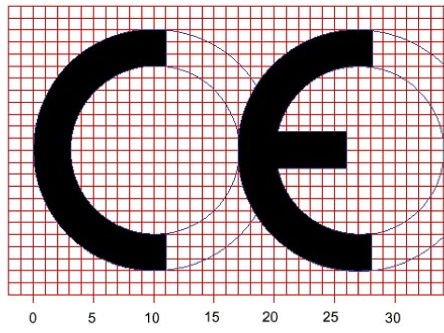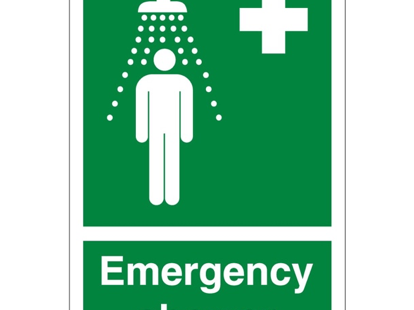In April 2016, the 2016/425 Personal Protective Equipment Regulation was published, which has replaced the 89/686 / EEC Personal Protective Equipment Directive. The transition process has started on April 21, 2018, and the final adaptation date was April 2019. The old PPE Directive 89/686/EEC has been repealed as of 21 April 2019.
The PPE Regulation (EU) No 2016/425 is a rigorous control and balance system that will ensure the safety of workers in the industry more confidently in the presence of an increasingly global network of PPE manufacturers, distributors, importers and test laboratories. The new regulation facilitates the removal of dangerous products from the market by increasing traceability.
In the new regulation, the risk categories remained the same, but some product groups were redefined.
Regardless of the risk category, all PPE must now contain a Declaration of Conformity.
The validity period of product certificates has been clarified as only 5 years.
Why is the product label so important on PPEs?
The label on the protective clothing is an important part of product safety under the (EU) 2016/425 PPE Regulation. Product label is crucial for personal protective equipments and protective clothings. It is the identity card of the product that is bought.
The accuracy of the information on the label is jointly the responsibility of the manufacturer and the seller/distributor. In terms of market control, end users and authorized institutions and organizations are obliged to check the accuracy of the product and its label.
What information should be on the label?
• Trade name and address of the manufacturer
• Fabric content (content and blends of fabrics in the whole layer system if it is multi-layered) including registered brands.
• Brand name, model, stock code (P/N) information of the product
• The standard for which the product is certified and standard performance values
• 4-digit code number of the independent notified body that certifies the product
• Pictograms related to product standard and washing instructions
• Checking the certificate and label of the product you purchase is necessary for you to use the right product.
You can be protected from being abused by invalid or fake certified products by checking the compatibility
Personal protective equipment (PPE) are products that the user can wear or hold, to be protected against risks either at work, at home or whilst engaging in leisure activities. Statistics on fatal and major work accidents underline the importance of protection and prevention, for which personal protective equipment plays an important role.
In order to ensure the quality of the service provided and to guarantee the prestige of the manufacturers, we recommend that you perform the compliance check of the certified PPE you have purchased or will purchase.
1. See the product's certificate. The certificate must be issued according to the (EU) 2016/425 regulation which is the latest.
2. The certificate should be published under the name “EU Type Examination Certificate”.
3. The number of the notified body that issued the document should be written on the certificate.
4. The notified body that issued the certificate must be one of the official notified bodies provided in the link below.
1. See the product's certificate. The certificate must be issued according to the (EU) 2016/425 regulation which is the latest.
2. The certificate should be published under the name “EU Type Examination Certificate”.
3. The number of the notified body that issued the document should be written on the certificate.
4. The notified body that issued the certificate must be one of the official notified bodies provided in the link below.
5. The four-digit code of this notified body that issued the certificate must be printed next to the CE emblem on the product label.
6. The standards on the product label must be up to date and valid. You can reach the publication date of these standards from the link below.
6. The standards on the product label must be up to date and valid. You can reach the publication date of these standards from the link below.
https://standards.cen.eu/dyn/www/f?p=CENWEB:105
7. The standards on the product label and on the certificate must match.
8. Certificate validity can also be questioned by sending a product certificate to the notified body whose number is written on the label.
9. Do not forget to ask the manufacturer for the “EU Declaration of Conformity”. Please note that this document is not a certificate but a document prepared by the manufacturer who has the right to produce with certification. A conscious manufacturer will be able to present this document to you immediately.
7. The standards on the product label and on the certificate must match.
8. Certificate validity can also be questioned by sending a product certificate to the notified body whose number is written on the label.
9. Do not forget to ask the manufacturer for the “EU Declaration of Conformity”. Please note that this document is not a certificate but a document prepared by the manufacturer who has the right to produce with certification. A conscious manufacturer will be able to present this document to you immediately.
Routine Inspection Guide for Protective Clothings
Life of a garment depends on the way it is used, how it is cleaned and how it is stored. To control these parameters, FYRPRO® / FYRTEX® / FYRAL® / ELECTPRO® garments should be checked periodically and also after each wash and use. Make sure that there is no damage on the garment.
Inspection periods;
- Routine inspection
- Preliminary inspection
- Final inspection
Routine Inspection And Preliminary Inspection
Routine inspection shall be realised every six months.
Preliminary inspection shall be realised before each usage regardless of the last inspection date.
While performing a routine inspection and inspection just before the usage of the garments, check for any;
• Thin spots
• Holes
• Tears
• Discoloration
• Embrittlement
• Bad smell due to humidity or fumigation
• If your garment has reinforcements on knees, elbows and/or shoulders, examine the
reinforcements.
• Check elasticity of knitted cuffs and check thumb holes for any damage.
• Check for seam integrity. Any missing, loose, burn, torn or melted seams should be noted, and authorised people should be informed.
• Check for reflective trim functionality. Stand in a dark place, at least 20 feet away from the garment. Hold a flashlight and check the reflectiveness.
• Inspect all closure systems to make sure each one is intact and operates properly.
• Examine hook and loop closure for worn, abraded or melted pieces. Objects that accumulated on hook portion may affect the performance of the closure system.
• Examine all zippers for functionality and corrosion.
• Examine shoulder suspenders on trousers, make sure they attach securely and examine for loss of elasticity.
• Check the label of the garment, the standard of the garment must be up to date.
Final Inspection
Final inspection shall be realised after each usage to store the garment properly. Proper storage conditions reduce the potential dangers and help the garments to be used in a safer and longer periods.
After the usage for garments, check for any;
• Thin spots
• Holes
• Tears
• Discoloration
• Embrittlement
• Bad smell due to humidity or fumigation
If you are sure that the garment is undamaged or uncontaminated, follow the instructions given in User Information Guide and store it according to storage instructions
If you notice a damage or contamination;
§ Avoid contacting without a protective equipment.
§ Avoid contaminated garment to touch your personal belongings, vehicles etc.
§ Put the garment in sealed case and label it.
§ Inform your supervisor or employer.
§ Do not use the garment before problem is solved.
§ Destroy the contaminated garment according to local/international standards and/or regulations. Contaminators: blood, blood plasma, toxins, radioactive materials, chemicals and dangerous materials, etc.
§ If the garment is be used again, a proper cleaning procedure is required.
If chemicals and flammable liquids contaminate the garment, it should be removed immediately and cleaned if the garment is undamaged.
Damaged, contaminated, torn garments must not be used again and must be replaced.
Please keep in mind that the garments protect when used in conformity with the instructions. Besides, the employer/user is responsible for choosing the right protective
garment.
Each garment will be accompanied with the attached chart to record inspection dates.




